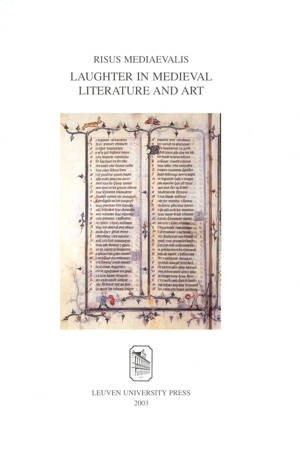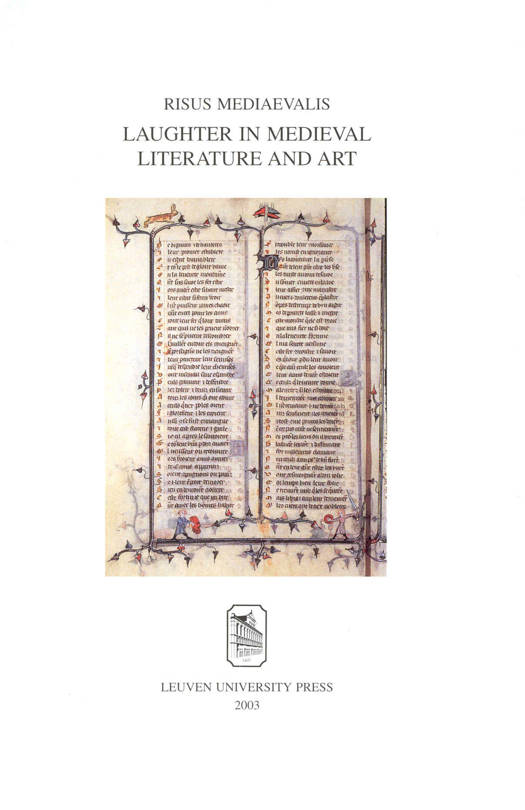
- Retrait gratuit dans votre magasin Club
- 7.000.000 titres dans notre catalogue
- Payer en toute sécurité
- Toujours un magasin près de chez vous
- Retrait gratuit dans votre magasin Club
- 7.000.0000 titres dans notre catalogue
- Payer en toute sécurité
- Toujours un magasin près de chez vous
Description
Laughter, often defined as humankind's exclusive characteristics, remains in itself an ambiguity. All the more so when one attempts to understand it in a culture from the past. Can humour be considered as a universal and ahistorical phenomenon? Or do we actually project our own tastes on our forebears? It may well be that one has not always laughed for the same reasons and at the same objects; indeed, some forms like parody and satire seem to thrive upon a variety of now outdated and even half forgotten codes and discourses.
In the face of these questions, the Leuven Institute of Medieval Studies has attempted to address some of the multiple aspects of medieval laughter, its possible devices, functions and intentions by inviting a number of colleagues to give or write a paper with their own views on the subject. Surprisingly, although they are discussing a great many texts and genres, quite a few contributors appear to agree that the risus mediaevalis already often proceeds from a contrast, a shifting which in its turn produces an effect of surprise. Medieval humour, however, is not a simple thing and takes many forms: e.g. a comedy of corpses where in last resort, the joke is on death itself, a wit of wordplay on the borderline of form and content, a ludic or perhaps carnivalesque happening, a burlesque confrontation between registers, a weapon aimed at a certain group, an ironic use or even a satire of conventions, a playful doodle referring to what happens not on the manuscript page but to the world outside.
Questions are also being asked about who exactly was supposed to be amused by some of these jokes and to what effect. And what could have been the audience's response? Did its mirth create a common bond against the other, a release, a confirmation of norm? Or was it sometimes merely a way of enjoying one of the joys of life?
Spécifications
Parties prenantes
- Auteur(s) :
- Editeur:
Contenu
- Nombre de pages :
- 224
- Langue:
- Anglais
- Collection :
Caractéristiques
- EAN:
- 9789058672056
- Date de parution :
- 15-02-03
- Format:
- Livre broché
- Format numérique:
- Trade paperback (VS)
- Dimensions :
- 241 mm x 170 mm
- Poids :
- 390 g

Les avis
Nous publions uniquement les avis qui respectent les conditions requises. Consultez nos conditions pour les avis.






